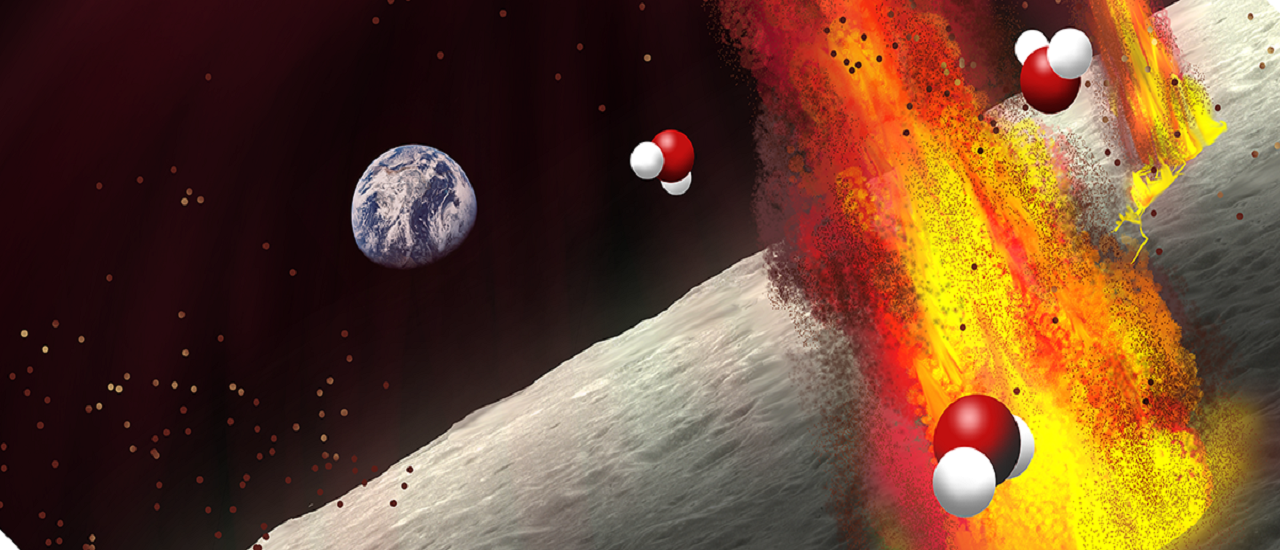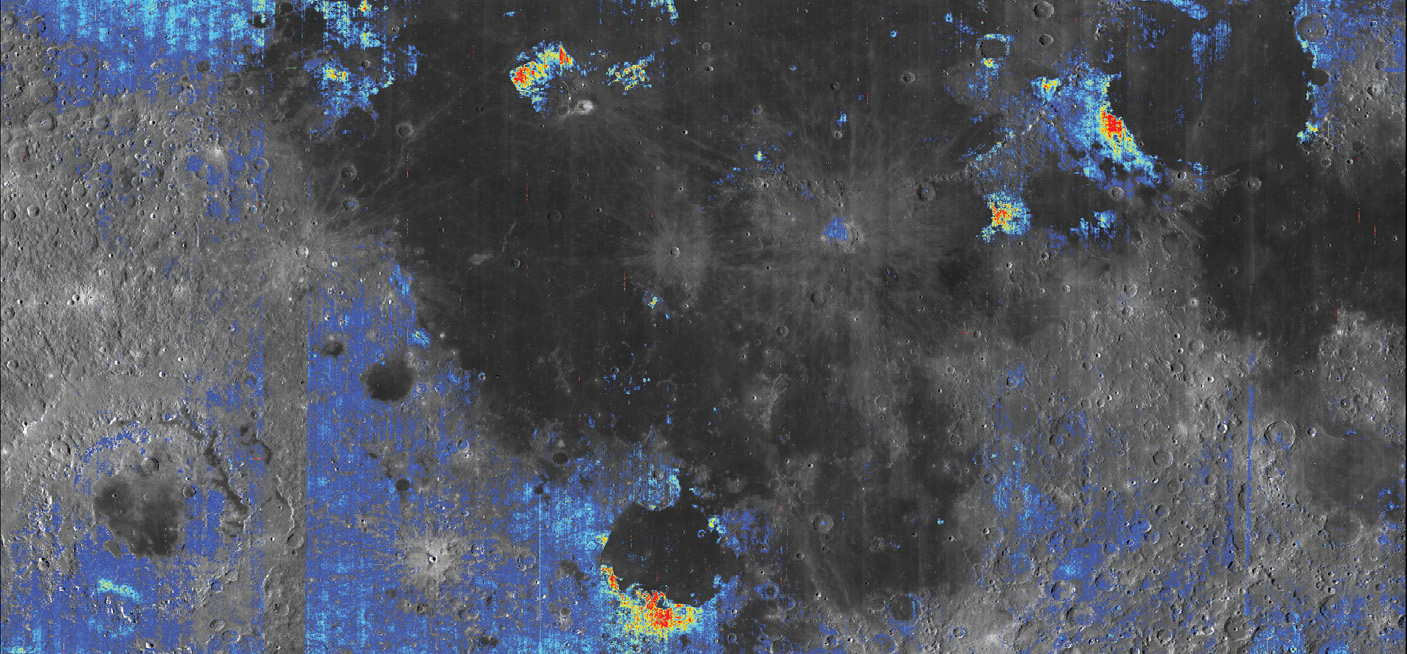American scientists have seen evidence of water on the surface of the moon, indicating that there is water even in its interior.

There are fossilized magma, so-called volcanic deposits on the surface of the moon. Researched from Brown University have studied these and seen that they contain small amounts of water.
The researchers Ralph E. Milliken and Shuai Li combined satellite data with new thermal profiles of Apollo mission moon deposits, to search for signs of water away from the polar regions of the moon.
Previously, it has been thought that the water on the surface of the moon has come with comets and meteorites. But since magma comes from the moon’s interior, this gives strong indications that there is water to be found there as well.

This changes our view of the moon as a dry and desolate celestial body and prompts us to develop new theories about the history of the moon.
Scientists think the Moon formed from debris left behind after an object about the size of Mars slammed into the Earth very early in solar system history.
But it was assumed the Moon’s interior should be dry as it seems unlikely that any of the hydrogen needed to form water could have survived the heat of such an impact.
The growing evidence for water inside the Moon suggest that water did somehow survive, or that it was brought in shortly after the impact by asteroids or comets before the Moon had completely solidified,
– Dr. Shuai Li, study author and postdoctoral researcher at the University of Hawaii.
But it is also very promising when it comes to colonizing and, above all, building a future space base on the moon. Without water, we would need to transport it there, which is a logistical nightmare.
Reference:
Milliken & Li, “Remote detection of widespread indigenous water in lunar pyroclastic deposits“, publicerad 24 juli 2017 i Nature Geoscience, doi: 10.1038/NGEO2993






















